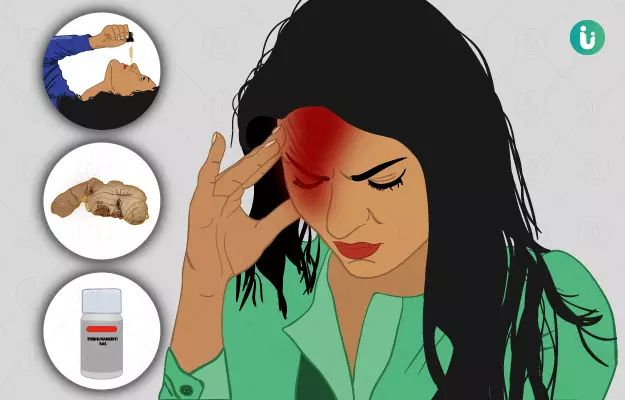Migraine is called ardhavabhedaka in Ayurveda. The word ardhavabhedaka is made of two parts, ardha means ‘half’ and bhedaka means ‘piercing or penetrating’; thus, migraine is a sudden and recurrent attack of piercing/penetrating pain in the head that varies in frequency, intensity and distribution. It is the second most common cause of shiroroga (diseases of the head). Diseases of head vary based on the intensity and site of pain; frequency, time of onset and duration of the pain; and precipitating and relieving factors.
Ayurveda describes many treatments for migraine such as seka (fomentation), virechana karma (purgation therapy), rakta mokshana (blood-letting process), basti karma (enema therapy), nasya karma (snuffing therapy), kavala graha (oil pulling), shirodhara and lepa (coating the affected body part with medications). The herbs and medicines used in Ayurveda for the management of migraine are adrak (ginger), tagara (Indian valerian), tribhuvankirti rasa, godanti (gypsum) mishrana and sitopaladi churna.











































